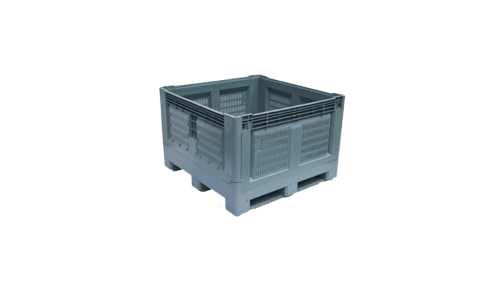With Australia rapidly rising as one of the most important sources of food for global consumption, food safety has never been a more vital concept to understand. For businesses especially, it only takes one poor incident to ruin a reputation with market competition ready and waiting to take advantage. Plastic pallets can indeed help address HACCP (Hazard Analysis and Critical Control Points) concerns in certain industries and applications. HACCP is a systematic approach to identifying and controlling food safety hazards. And it is widely implemented in the food and beverage industry. Through the analysis and management of biological, chemical, and physical risks throughout the production, handling, and distribution of raw materials. It is also considered for the manufacture, distribution, and consumption of finished goods, HACCP is a management strategy that addresses food safety.
As such, the Hazard analysis and critical control points (HACCP) approach is widely accepted by many industries. Ias the best way to protect products from either biological, chemical or other physical risks. While HACCP is mostly focused on the production processes, its principles can also be applied in the packaging and transporting phases where quality must be assured.
Seven Principles
This scientific and systematic approach is respected around the world and is broken into seven principles.
According to the Centre for Food Safety, these include:
- Analyse hazards
It is firstly important to know what the possible hazards are which can pose a food safety risk. Whether this is chemical, biological or physical, businesses will need to understand how common it is and what the consequences are.
- Determine critical control points
In this second step, enterprises must set a critical control point where something can be done to prevent or limit the impact of these hazards.
- Establish limits for critical control points
Of course, these points have minimums and maximum limits which must be addressed by the enterprise. If the limits are broken, the situation could impact corporate reputation.
- Establish monitoring procedures for critical control points
It is also important for businesses to monitor these control points and observe any changes which could affect food safety standards. According to the Australian Institute of Food Safety, critical limits are a key part of the monitoring process.
- Establish corrective actions
Making decisions and changes in an instant is vital during critical control events. As such, businesses must have a corrective action process for each identified HACCP.
- Establish verification procedures
To make sure employees follow the correct HACCP procedure, the food manufacturing business must make the procedure set available to their teams.
- Establish a record system
The Australian Institute of Food Safety believes that “any food manufacturing or packaging facility should keep verifiable and accurate records.” This ensures all parties remain on the same page and the HACCP plan is consistent across the board.
Where do plastic pallets fit into the HACCP equation?
During the food transport phase, manufacturing needs to know the HACCP practices that they have applied during the production process are continued through to the client or customer. This is where plastic pallets from Eco Pallets can be of use.
Our pallets are manufactured to the highest standard with either polyethylene or polypropylene. This means that food products are safe from mould or dust contamination and can be used in a range of transportation applications.
For more information on improving your HACCP practices with Eco Pallets, contact our team today.








